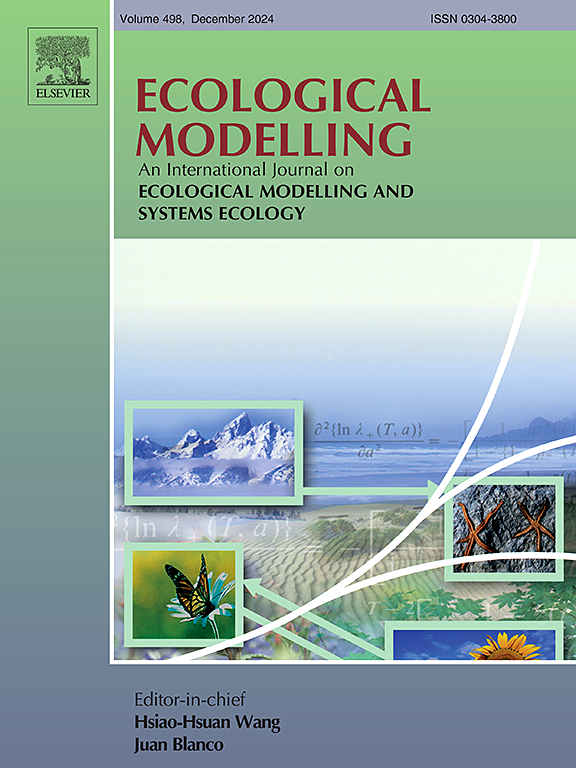Land suitability assessment and self-sufficiency evaluation for fodder crop production in a hyper arid environment coupling GIS-based multi-criteria decision making and optimization
IF 2.6
3区 环境科学与生态学
Q2 ECOLOGY
引用次数: 0
Abstract
Site selection for outdoor agricultural activities is crucial in hyper-arid environments. This study evaluates land suitability for fodder crop production in the State of Qatar. It aims to provide a multi-criteria evaluation based spatial decision support system, considering the usage of rainfall, treated wastewater, and groundwater for irrigation. Analytic Hierarchy Process and GIS-based multi-criteria approaches are used to calculate the weights of evaluation criteria and generate suitability maps. A considerable land area can potentially be used for fodder crop production, considering different water sources including groundwater, treated wastewater and rainfed irrigation. Results demonstrate that relying solely on rainfall limits the most suitable area for green fodder cultivation to just 8-653 km2. However, when groundwater and treated wastewater are incorporated into the water budget allocated for fodder production, the most suitable area expands to 25-2072 km2. An optimization model is then developed to estimate the maximum self-sufficiency that can be achieved between 2024 and 2030 considering land suitability maps and different water budgets. Some of the dominant limiting factors for fodder crop self-sufficiency are erratic rainfall, spatial heterogeneity in groundwater quality and transportation of wastewater for irrigation. To achieve self-sufficiency in fodder crop production, 456 km2 of land, 91.3 thousand cubic meter of water and 73–456 MWh of energy are required annually. Given the country's water budget and irrigation practices, the maximum self-sufficiency that can be achieved in 2030 is 48.6%, which entails the use of 57 million m3 of groundwater resources and up to 464 million m3 of treated sewage effluent. This highlights that, through strategic planning and sustainable water resource management, the country has the potential to significantly enhance its self-sufficiency in fodder crop production.
求助全文
约1分钟内获得全文
求助全文
来源期刊

Ecological Modelling
环境科学-生态学
CiteScore
5.60
自引率
6.50%
发文量
259
审稿时长
69 days
期刊介绍:
The journal is concerned with the use of mathematical models and systems analysis for the description of ecological processes and for the sustainable management of resources. Human activity and well-being are dependent on and integrated with the functioning of ecosystems and the services they provide. We aim to understand these basic ecosystem functions using mathematical and conceptual modelling, systems analysis, thermodynamics, computer simulations, and ecological theory. This leads to a preference for process-based models embedded in theory with explicit causative agents as opposed to strictly statistical or correlative descriptions. These modelling methods can be applied to a wide spectrum of issues ranging from basic ecology to human ecology to socio-ecological systems. The journal welcomes research articles, short communications, review articles, letters to the editor, book reviews, and other communications. The journal also supports the activities of the [International Society of Ecological Modelling (ISEM)](http://www.isemna.org/).
 求助内容:
求助内容: 应助结果提醒方式:
应助结果提醒方式:


